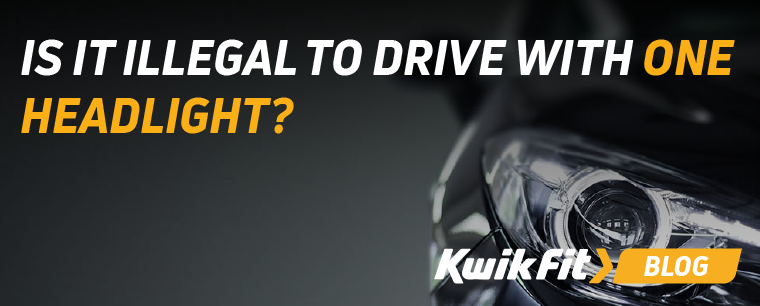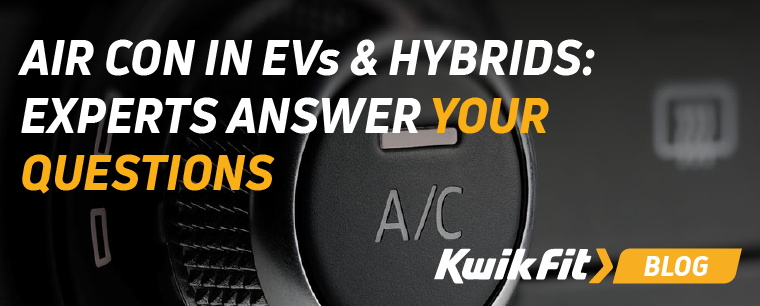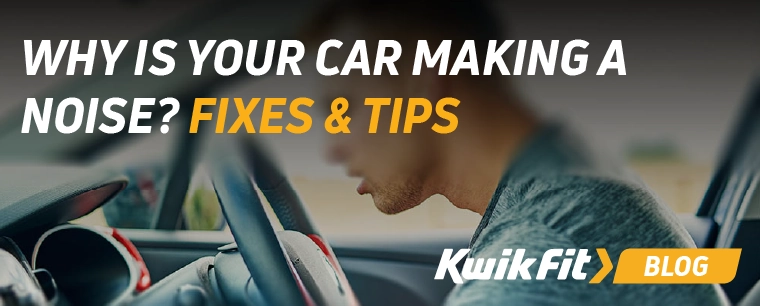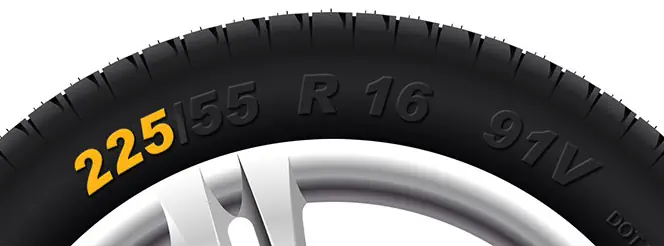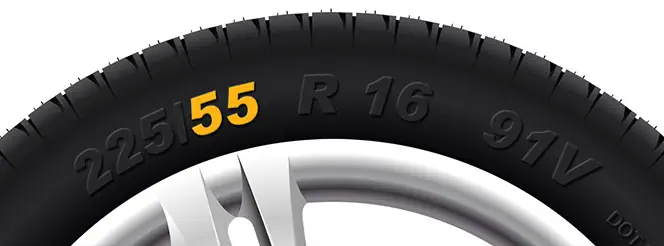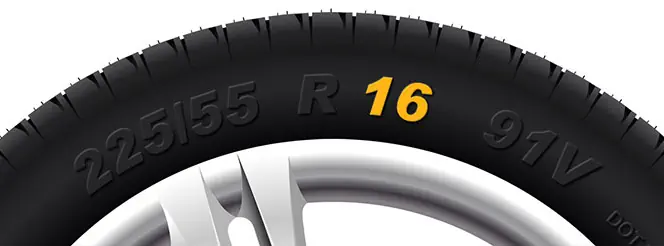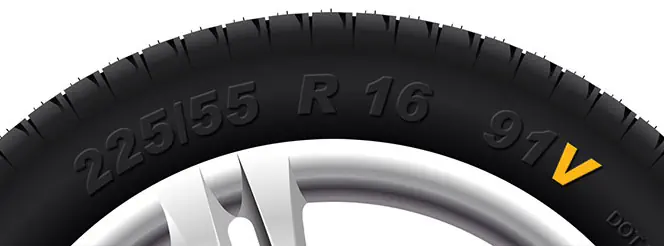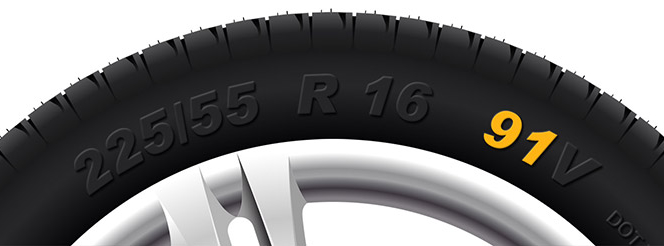How to Identify Run-Flat Tyres
Bradley Jando | Friday 23rd July 2021 12:21pm
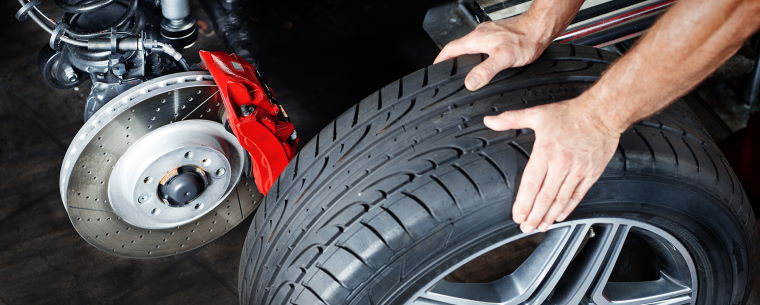
If youíve recently realised that you need a tyre replacement, you may have heard of run-flat tyres. You might be wondering what they are, how they work, and how to identify whether your car needs them. Itís not that difficult to identify run-flat tyres, but you need to be careful not to mix them up with other types. Hereís everything you need to know.
What is a run-flat tyre?
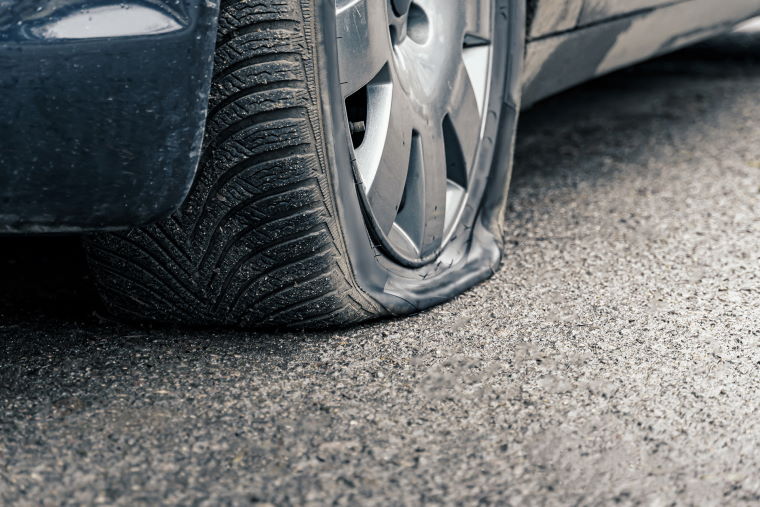
Put most simply, run-flat tyres are tyres with a reinforced sidewall. This means that in the event of picking up a puncture, theyíre still able to operate for a time in order to give you enough time to get to a tyre repair centre.
Be aware, though, that you should only drive on run-flat tyres that have been punctured for less than 50 miles and under 50mph. As such, they have to be used with a TPMS because they still stay as though theyíre partially inflated Ė so you can drive on them without realising that you have a puncture.
Check if you have a spare wheel
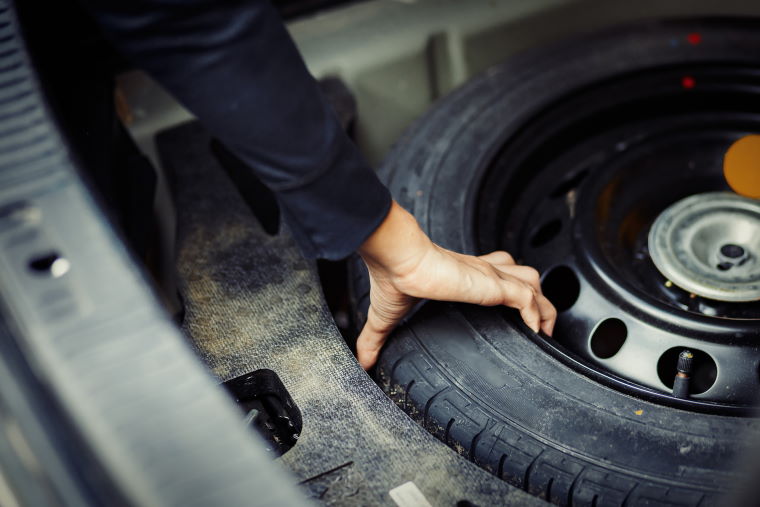
One of the easiest ways to see if your car has run-flat tyres is to check whether you have a spare wheel under your boot bed or whether itís a tyre repair kit. Run-flat tyres were largely invented so that you donít need to carry a spare wheel. After all, they can be driven on when punctured Ė so you donít have the stress of changing a wheel at the roadside.
So if you have a spare wheel in your car, itís most likely that your carís fitted with normal tyres.
Look at the markings on the Tyre
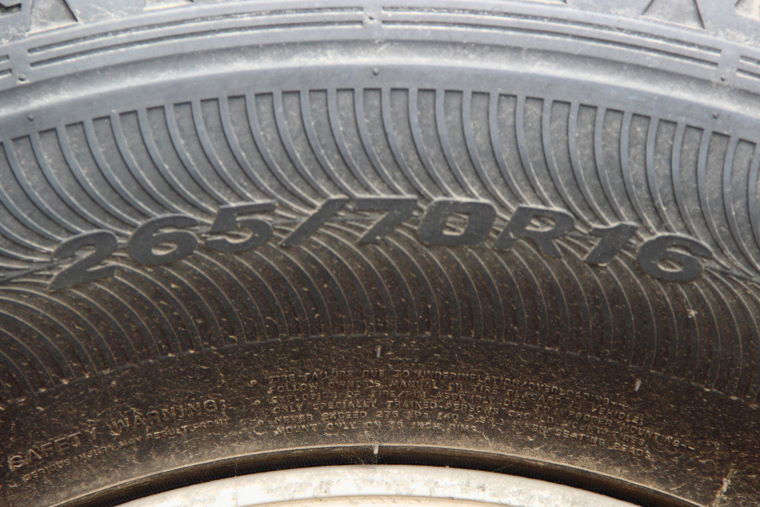
The next easiest way is to check the tyre markings on each of your tyres. Depending on the brand, run-flat tyres will be marked with one of these codes:
- ROF: This marking is used by brands like Goodyear, Bridgestone, and Dunlop. It stands for Run on Flat.
- EMT: This marking is also used by Goodyear and stands for Extended Mobility Technology.
- ZP or ZPS: This is used by Michelin, Yokohama, and a few others
They all essentially mean the same thing: that your tyres will be able to be used while punctured for up to 50 miles when kept to a speed of under 50mph. This is crucial because if the punctured tyre warms up (as tyres do at higher speeds), it could cause more serious splitting and result in having to call out an emergency repair technician.
One consequence of the speed limit on punctured run-flat tyres is that auto repair technicians will refuse to repair run-flat tyres because thereís no way of knowing if this speed or distance limit has been crossed. Repairing a run-flat tyre that has exceeded this limit is likely to leave it still structurally unsound Ė so could result in much more dangerous damage in the near future.
Check your ownerís manual
The last way to check which kind of tyres your car is fitted with is to consult your ownerís manual. Itís possible that a previous owner has swapped to or from run-flat tyres but itís important to know what your manufacturer recommendation is so that you donít accidentally damage parts of the axle systems through premature wearing.
Concerned about your tyres?
If youíre concerned about your tyres, or simply need a replacement, book your car into your local Kwik Fit centre for expert service.
Any facts, figures and prices shown in our blog articles are correct at time of publication.
Featured Articles
Is it Illegal to Drive With One Headlight?
Saturday 19th July 2025
Wondering if itís illegal to drive with one headlight? Learn about the safety risks and penalties of illegal blown bulbs and why you should fix them promptly.
Air Con in EVs & Hybrids: Experts Answer Your Questions
Monday 30th June 2025
Does air con drain EV batteries? Can you use the air con while charging an electric car? Find out the answers to these questions & more from Kwik Fitís experts.
Why Is Your Car Making a Noise? Fixes & Tips
Friday 13th June 2025
When your car starts making unexpected noises, it can certainly be quite disconcerting; it may be nothing to worry about, but hereís what you need to know.


